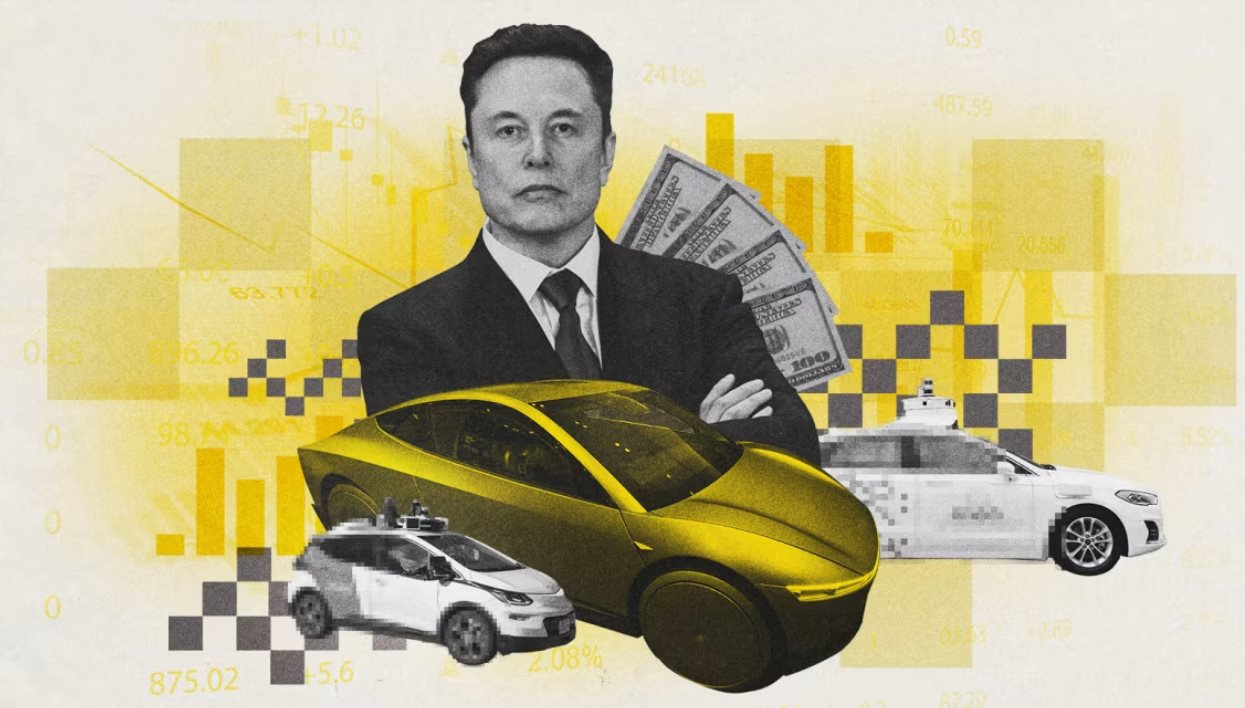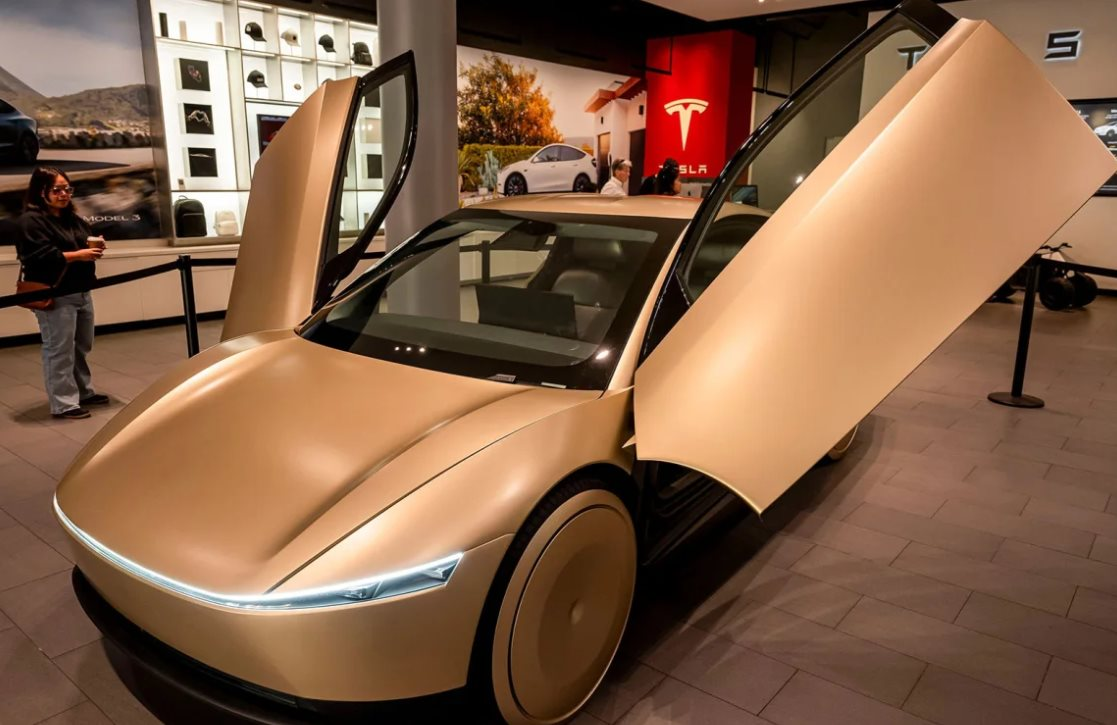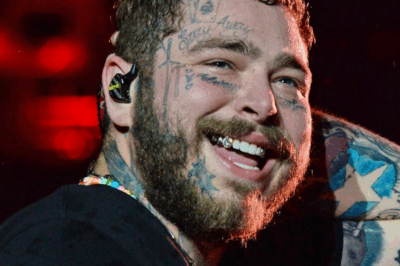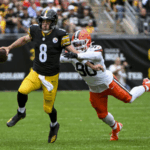Leaving the world of electric cars alone, Elon Musk announced that Tesla is about to have a new service that is expected to bring in $1,000 billion in revenue, but currently ‘has not seen any worthy competitors’
Elon Musk is selling the dream to investors again.

Elon Musk recently announced on social media that Tesla’s long-awaited robotaxi service will officially hit the streets of Austin, Texas on June 22. The Tesla CEO is betting the company’s future on autonomous vehicles and robotaxi services – hoping to bring in much-needed cash flow amid the company’s slumping sales and profits.
Although Musk has repeatedly emphasized the potential of robotaxis — autonomous cars that don’t require drivers to transport paying passengers — many remain concerned about the safety and viability of the business model.
Traditional automakers like General Motors have abandoned plans to develop similar services, after spending billions of dollars, citing the “huge” resources required and the increasingly competitive robotaxi market. Ford has halted its efforts to develop autonomous vehicles altogether.
But even as the big guys pull back, some experts say Tesla’s real competitors are the human drivers of Uber and Lyft.
“The challenge is not technological, it’s economic,” said Bryant Walker Smith, an expert on autonomous vehicles at Stanford Law School’s Center for Internet & Society. “If a company has to pay engineers, mechanics, and remote support teams, and compete with Uber drivers who make less than minimum wage driving their old cars, it’s hard to do that.”
This hasn’t stopped Musk from continuing to make bold predictions about how this technology will change Tesla and the world.
“I don’t see anybody competing with Tesla right now,” Musk said during an April earnings call. “I think Tesla will have 99% market share, or something crazy like that.” Musk was even so optimistic that robotaxis would soon generate $1 trillion in revenue for Tesla.
ROLL THE CAKE
Musk noted in the post that June 22 is still tentative. Regardless of when it officially starts, Tesla will still be behind many of the services that are already operational.
“There are real robotaxi out there. But none of them are Tesla,” Smith said.
A prime example is Waymo – a subsidiary of Alphabet (Google) – which currently provides 250,000 paid rides per week in four US cities: San Francisco, Los Angeles, Phoenix and Austin. Robotaxi services are also operating in China.
Alphabet doesn’t disclose Waymo’s financial details, but the unit that operates Waymo lost $4.1 billion last year, despite Alphabet’s $5.6 billion investment. But that’s a small number when you consider that it has a net income of $100 billion. Tesla, meanwhile, reported a net income of $7 billion—down 53% from the previous year.
Waymo began offering paid rides in 2020 and has been growing rapidly—rides have increased more than 50% in the past six months alone. Last month, Waymo announced it had passed 10 million paid rides—double the number from the end of last year.

Uber – which already has a partnership with Waymo in Austin – said it would expand the partnership to Atlanta next year. Uber CEO Dara Khosrowshahi said that while Uber will still rely on human drivers for many years to come, robotaxis will play an increasingly important role.
“We want to help these companies grow, by investing and partnering to bring products to market,” he said. “The technology is very promising, but it took billions of dollars and nearly 20 years to develop. Now it’s time to bring it to market, and we want to help build that ecosystem.”
NEW TECHNOLOGY – OLD WORRIES
Just as people still pay to operate automated elevators because of safety concerns, robotaxis could face similar concerns.
Smith said many people were initially nervous about getting into a driverless car, but after a few minutes they felt normal and were engrossed in their phones.
Tesla currently uses “Full Self-Driving” (FSD) technology – which uses only cameras and does not use radar or lidar (laser) to detect obstacles. Meanwhile, Waymo and many other self-driving car companies use lidar for safety reasons.
Musk has previously scoffed at the use of lidar, tweeting: “Humans don’t shoot lasers out of their eyes when they drive. Try Tesla’s self-driving tech – just cameras and AI – and you’ll see.”
He called lidar “unnecessarily expensive” and “silly.”
Not using lidar helps Tesla keep costs down compared to Waymo, but many experts say lidar is safer when it comes to detecting obstacles – especially humans.
The US National Highway Traffic Safety Administration (NHTSA) has opened multiple investigations into the safety of FSD, including a fatal accident where a Tesla using FSD hit a pedestrian.
NHTSA said the vehicle crashed while entering an area with limited visibility due to glare, fog or dust.
“If humans could shoot lasers out of their eyes to avoid sunlight or fog, that would be great,” Smith said. “But right now, only machines can do that.”
NEED A WIN
Tesla is in need of a boost. Sales and profits have slumped, with sales falling for the first time in a year and the most recent quarter posting its biggest decline, partly due to a backlash against Musk’s political activities.
Tesla shares — which peaked last December on hopes of a rapprochement between Musk and President Donald Trump — have fallen 30% since then.
Musk and many investors still believe that Tesla’s value will “explode” thanks to autonomous technology and robotaxi services – because driverless cars can operate longer hours than human drivers.
“I think this is going to be the biggest asset appreciation in human history,” Musk told investors in January.
Tesla did not respond to requests for comment from the press.

Musk has repeatedly claimed that robotaxi will change the way people travel, as Tesla owners can rent out their cars to generate passive income.
However, since 2019, Musk has repeatedly promised that the service would be rolled out “within a year” – but that has yet to materialize.
Gordon Johnson, an analyst at GLJ Research who has repeatedly criticized Tesla, said the launch was just for show.
“This is a proof of concept for Tesla, not a real commercial test,” Johnson wrote in a note to clients.
Smith said Musk is unlikely to deliver on his promise this time any better than he has in the past.
“I don’t understand why people still believe what he says,” Smith said. “When talking about the future, it’s important to acknowledge the fact that Tesla has never demonstrated that they can make that future a reality.”
News
After all, Charlie Kirk’s 3-year-old daughter has learned that her dad is in heaven! The little girl’s reaction made fans heartbroken
What Charlie Kirk’s 3-Year-Old Daughter Said When Told ‘Daddy Is In Heaven’ After Charlie Kirk’s death, his wife, Erika, told…
Blake Shelton explains why The Road will be an upgrade on what ‘The Voice’ lacks
Blake Shelton Dishes About How ‘The Voice’ Could Be Better and What’s Different on ‘The Road’ Blake Shelton knows a thing…
”When Death…FALLS ASSLEEP”: Even Post Malone can’t believe he escaped death…twice!!!
“Pilot-induced error” blamed for Post Malone’s emergency jet landing—but Rolls Royce crash all him “God must be trying to kill…
Riley Green and Ella Langley just made history, joining Blake Shelton and Gwen Stefani who did it before.
Riley Green and Ella Langley Make History as First Duo With Two Top 10 Hits in Five Years Riley Green…
EXCLUSIVE: Carrie Underwood shares why she once thought about divorcing her husband, Mike Fisher!!!
Carrie Underwood once thought about divorcing her husband because she ‘didn’t have time’ for him Carrie Underwood, the acclaimed country…
Katelyn Brown Addresses Public Backlash Against Husband Kane Brown Following Charlie Kirk Tribute
Katelyn Brown Addresses Public Backlash Against Husband Kane Brown Following Charlie Kirk Tribute In the wake of recent controversy, Katelyn…
End of content
No more pages to load












